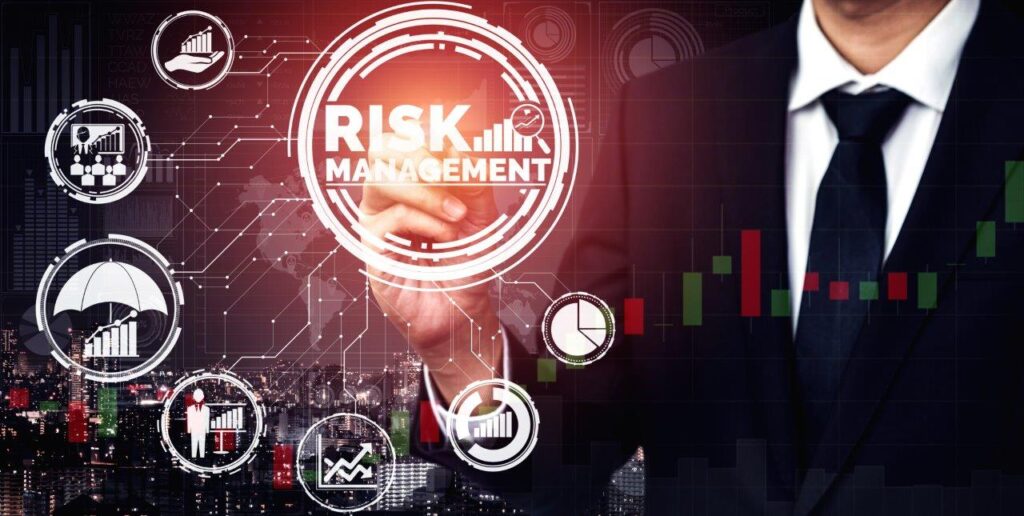What are the things you should know about fraud risk management?
- Risk assessment
- Prevention of misconduct
- Whistleblower protection
- Regulations on fraudulent activity
Before we begin discussing fraud risk management, there’s one important thing you need to understand about fraud — it’s something that you can ultimately avoid in your own business as long as you take the necessary measures.
“Fraud” can be defined as any type of illegal activity with the intent of deception and concealment. If an activity is found to have been the work of deliberate violation of policies and regulations, then it falls under this category. Through proper redress mechanisms and policy modification, it’s possible to handle fraud cases or even prevent them from occurring at all. So how does this play into fraud risk management? Continue reading to learn more.
Risk assessment

One of the concepts that you need to understand about fraud risk management, has to do with risk assessment. Essentially, this is a tool utilized by a business’s management in identifying areas of vulnerability with a high risk — meaning there is a high likelihood that fraud might take place.
Every organization needs to subject their process, departments, practices, and more, to a risk assessment to implement procedures to improve their status. It’s important that risk assessment is done regularly, especially since an organizational environment experiences fluctuations regarding functions that take place.
A risk assessment involves the identification of the vulnerability, existing procedures to mitigate it, monitoring, and finally, the incorporation of new protocols to address the risk.
Prevention of misconduct
It’s one thing to make all your employees understand and get them in line with the company’s mission, vision, and goals. However, it’s another thing to promote an honest workplace culture. Though you might want to think the best of everyone, you still can’t rule out the chances of dishonest behavior from occurring.
Preventing misconduct in the workplace needs to be done comprehensively so that companies wouldn’t be able to experience asset losses for as long as they’re operating. One good practice when it comes to preventing dishonesty includes improving the checks and balances scheme at different departmental levels. When people in an organization understand that their work is being assessed and monitored consistently, they’d be less likely to engage in acts of misconduct.
Furthermore, employees would be more discouraged from doing the fraudulent activity if they have high confidence in the organization’s executive committee — that the latter won’t also subject themselves to unlawful behavior.
Whistleblower protection

A whistleblower is someone who has exposed illegal activity that occurs in an organization. They usually go public with the information they have and this is usually to hold that organization accountable.
Companies must promote transparency and ethical practices within their organizational structure. When this has not been met, dissatisfied individuals take on the responsibility for themselves. They need to be protected by the organization to prevent cases of retaliation on the employee.
Companies should extend mechanisms to protect the employee in such a way that their employment status won’t be compromised by the whistleblowing act.
Regulations on fraudulent activity
Regulations set the tone regarding fraud risk management in an organization. It is through them that any allegations that have been laid out about the company are addressed. Furthermore, these also set the basis for the prevention of fraud — whatever it may be.
Organizations should make a point to put in writing the kind of behavior that they expect from themselves and subsequently their employees. This is a simple way to let employees understand their roles and responsibilities in stamping out fraudulent activity in the workplace.
Key Takeaway
Fraud risk management is simply all about eradicating acts of fraud within a given organization. If these acts do occur, it’s likewise important that the necessary protection is accorded to certain individuals.
Every workplace should aspire to prevent instances of dishonesty, no matter the scale. Companies should be able to promote this kind of culture to assist the employees in adhering to them. Furthermore, it’s on the responsibility of the management to set an example in reducing risks and vulnerabilities in an organization.





